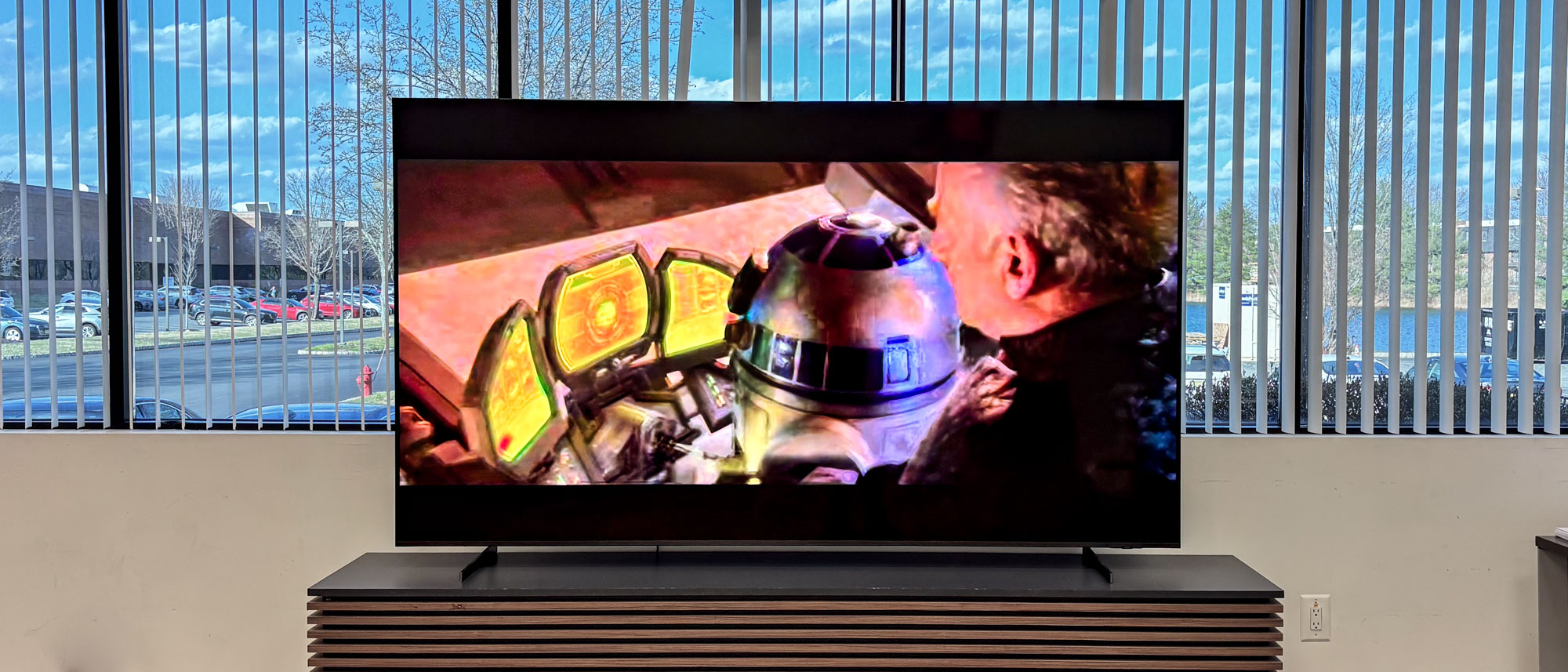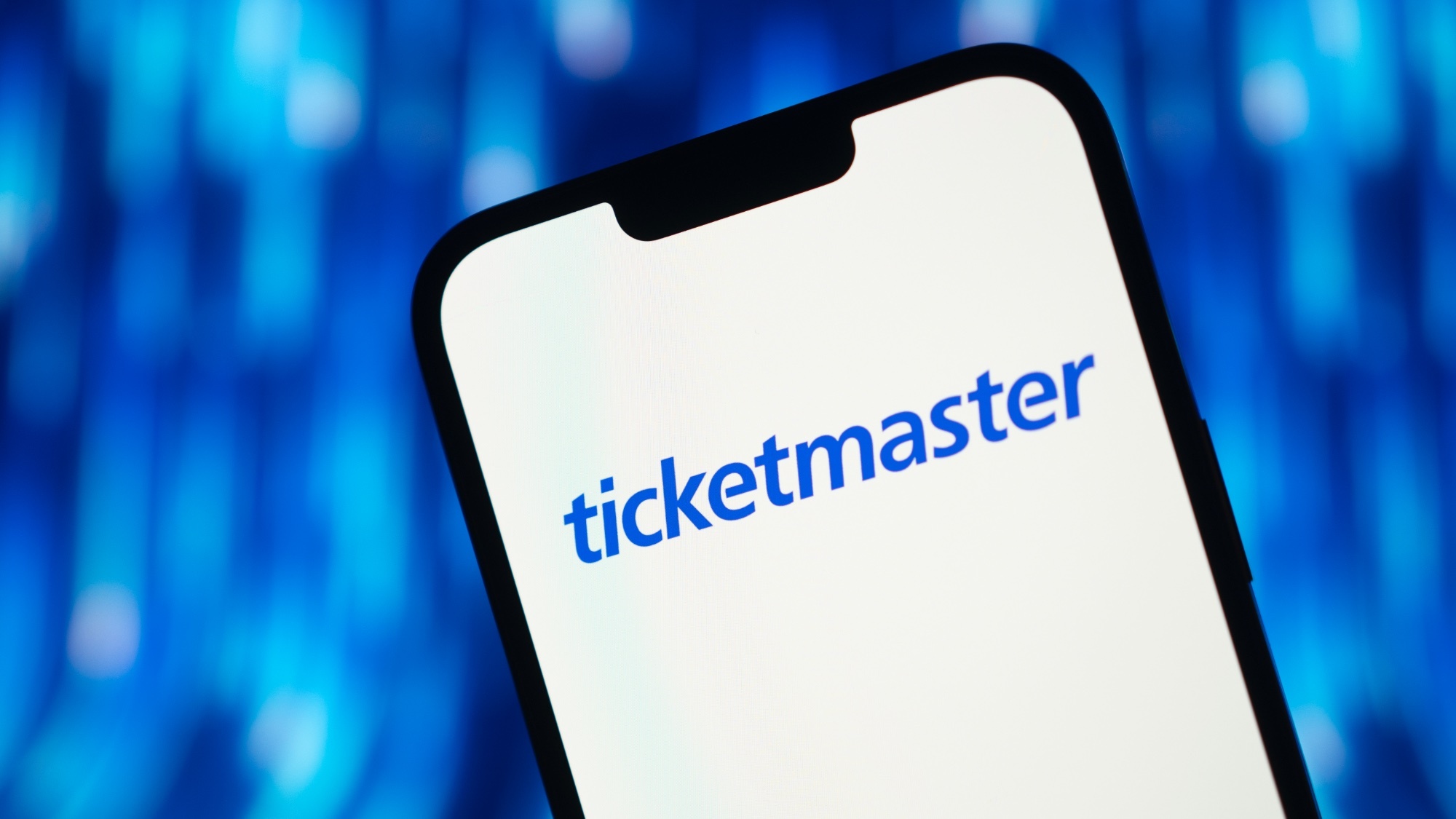Early Verdict
Sporting a wide range of sizes and excellent color accuracy in HDR, the Samsung QN80F brings big value to Samsung’s midrange lineup.
Pros
- +
Great color accuracy
- +
Glare reduction
- +
Decent off-axis colors
Cons
- -
Slightly low peak brightness
- -
Low color volume
- -
Clarity could be better
Why you can trust Tom's Guide
For all of the hype around the flagship Samsung QN90F and QN990F 8K, the Samsung QN80F could offer the best price-to-performance ratio for folks looking for a big-screen TV at a midrange price.
Starting at $1,299 for the 55-inch model — and a lot less in future months once the set goes on sale — you’re getting an upgraded Mini-LED TV with great color accuracy and decent brightness.
I had a chance to check out the upcoming 100-inch model at Samsung Labs ahead of its launch later this year, and I walked away reasonably impressed with this big-screen value pick.
Samsung QN90F: Sizes, pricing and availability
The QN80F fills the void left by the QN85D from last year, and it’s a substantial step up in terms of panel technology and processing power from last year’s Q80D.
Most sizes of this TV will be available as of March 26 with the exception of the 100-inch model that will be available later in the year.
Here’s the full breakdown on the sizes and price points:
Size | Price |
|---|---|
55" | $1,299 |
65" | $1,799 |
75" | $2,299 |
85" | $3,499 |
100" | TBA |
Samsung QN80F: Specs
Sizes | 55", 65", 75", 85", 100" |
Resolution | 3840 x 2160 |
HDR | HDR10+ / HDR10 / HLG |
Refresh Rate | 144Hz |
Audio | TBA |
Inputs | 4x HDMI 2.1 |
Smart TV | Tizen |
Samsung QN80F: Design
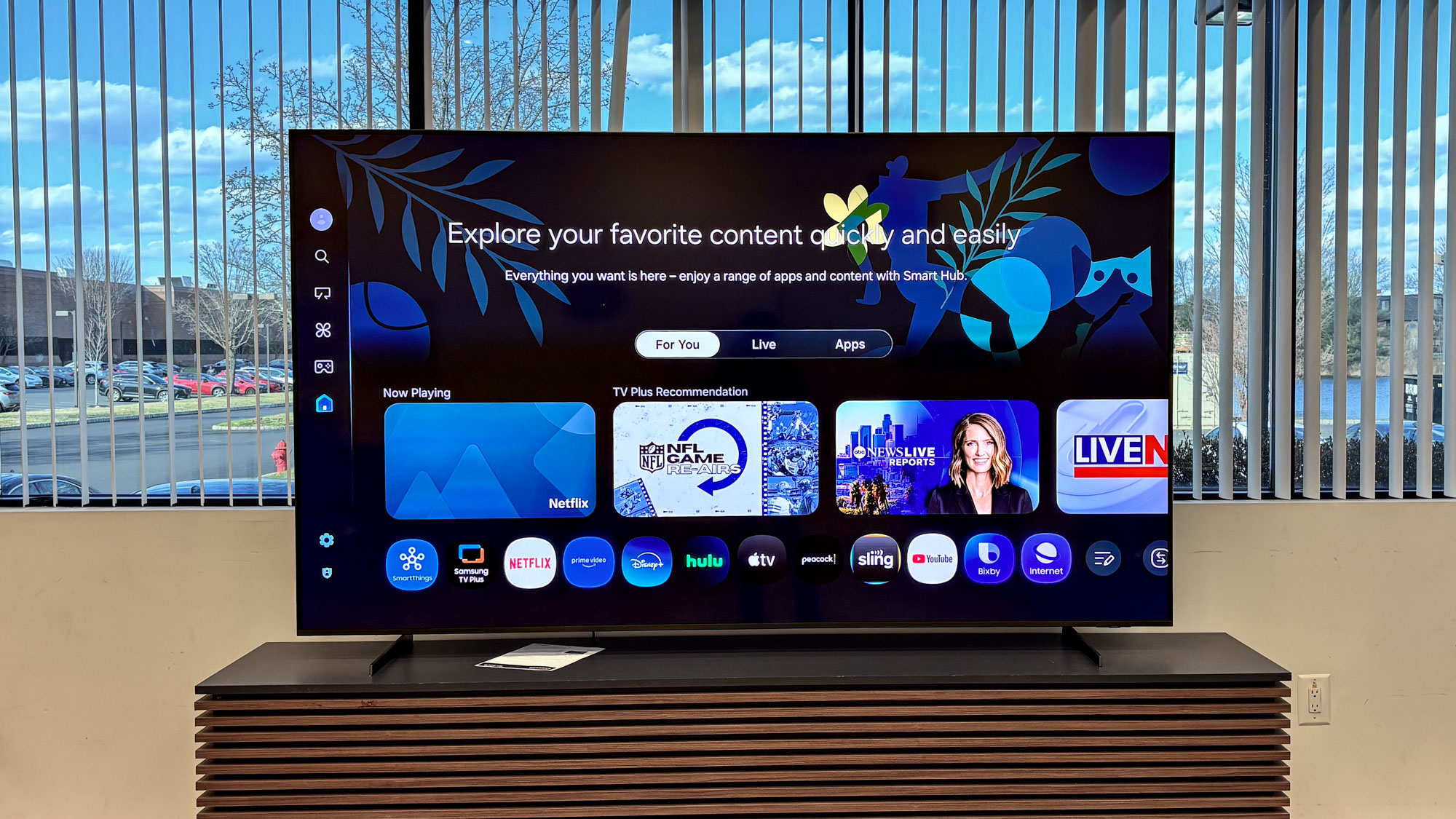
The Samsung QN80F isn’t as subtly designed as The Frame Pro or as rail-thin as the S95F OLED. It’s a Mini-LED TV with a bit of heft to it, measuring at least an inch thick.
That said, it is a Mini-LED TV. Last year’s Q80D was not. That alone brings some big advantages to the QN80F: Better contrast and higher peak brightness chief among them.
While it’s not quite as good as the OLED’s Glare-Free matte screen, the QN80F does have glare reduction technology on the largest screen size. In practice, it didn’t block out all the ambient light — especially in space scenes with heaps of inky black details — but I was impressed given the size of the screen.
Powering the TV is the NQ4 AI Gen2 Processor that enables the Supersize Picture Enhancer on the biggest screen size. As its name suggests, it also powers AI technology like Generative Wallpapers that is… well, a little undercooked at the moment.
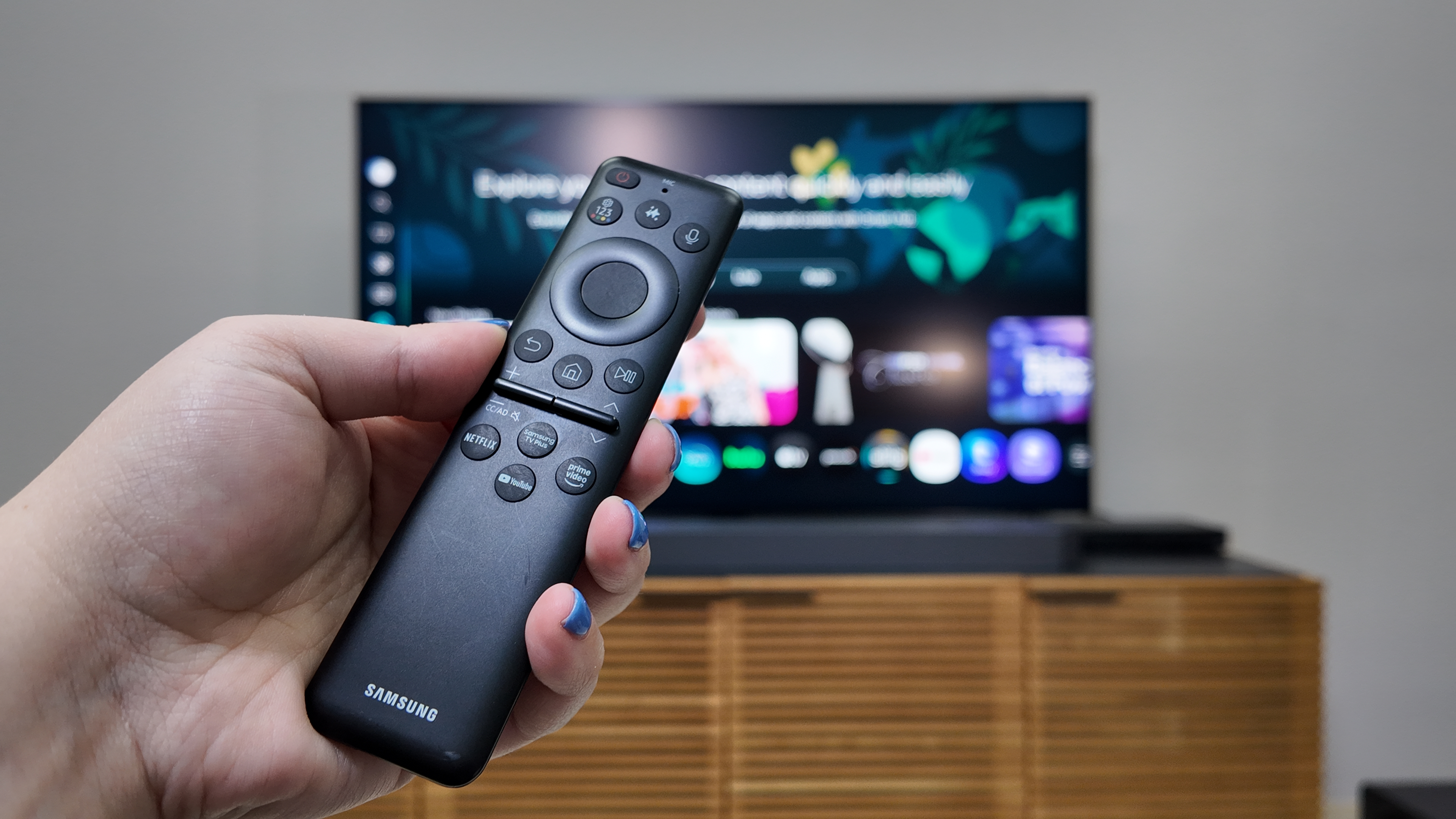
The remote is almost identical to the one that came with last year’s models but features a new AI button that activates a click-to-search feature. It’s small and fairly limited in functionality, but it is solar-powered.
Accessing picture settings is easier than last year (a real blessing, to be honest). But otherwise, not much has changed visually to Tizen year over year.
Samsung QN80F: Performance and features
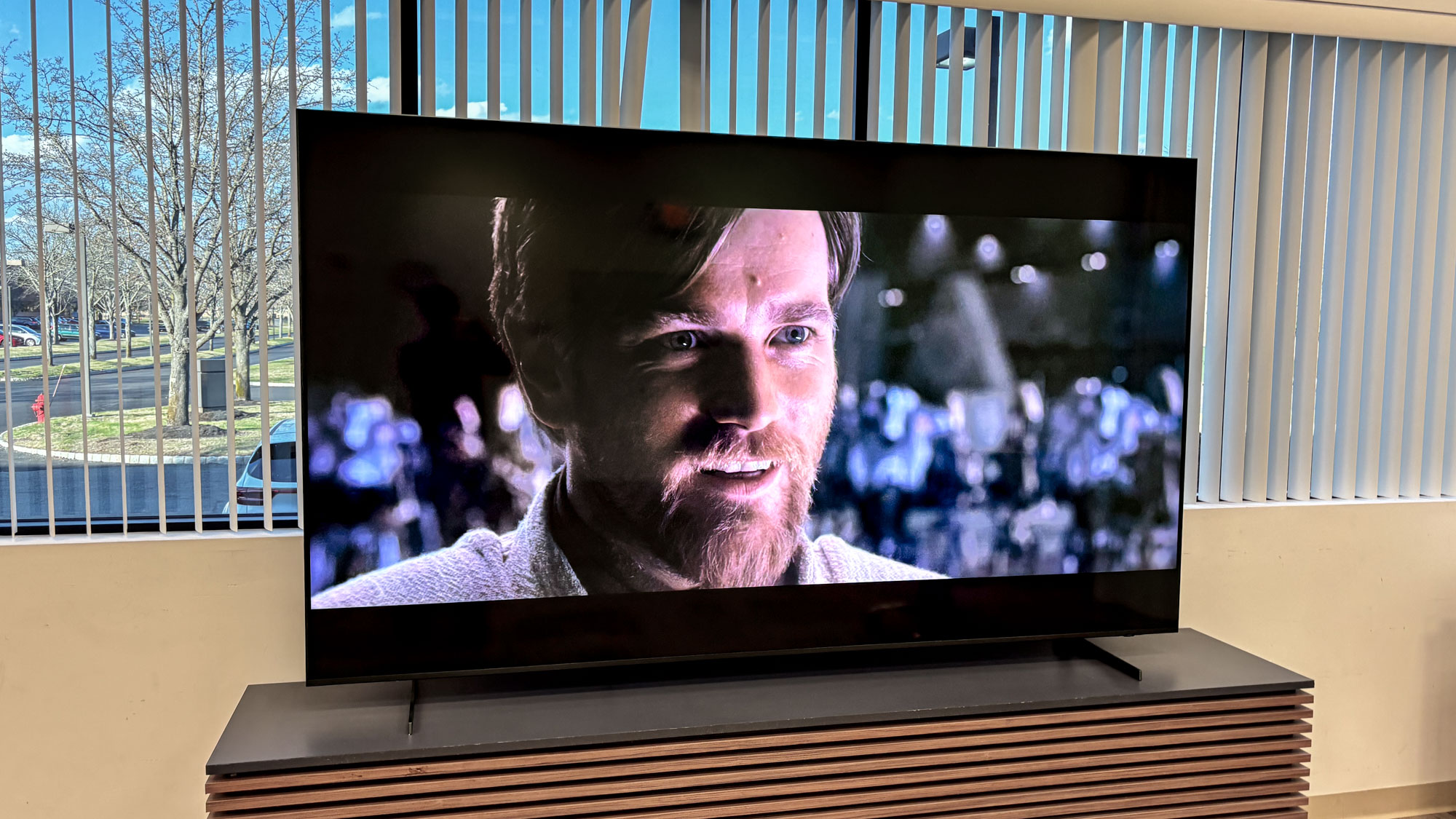
To put the QN80F through its paces, I spent my brief time with it watching “Interstellar” on Netflix in HD as well as “Star Wars Episode III: Revenge of the Sith” on Disney Plus in 4K/HDR.
With Filmmaker mode turned on, “Interstellar” didn’t blow me away in terms of brightness or color saturation — two potential shortcomings of the TV — but I was impressed by how accurate those colors looked without any additional tweaking.
In Dynamic mode and 4K HDR content on the screen, I genuinely enjoyed the QN80F. The opening shots of Episode III didn’t offer the best black levels, but the special effects looked great. When left in its default state, the motion processing was a bit too intense, but once I turned off the judder, it looked fine.
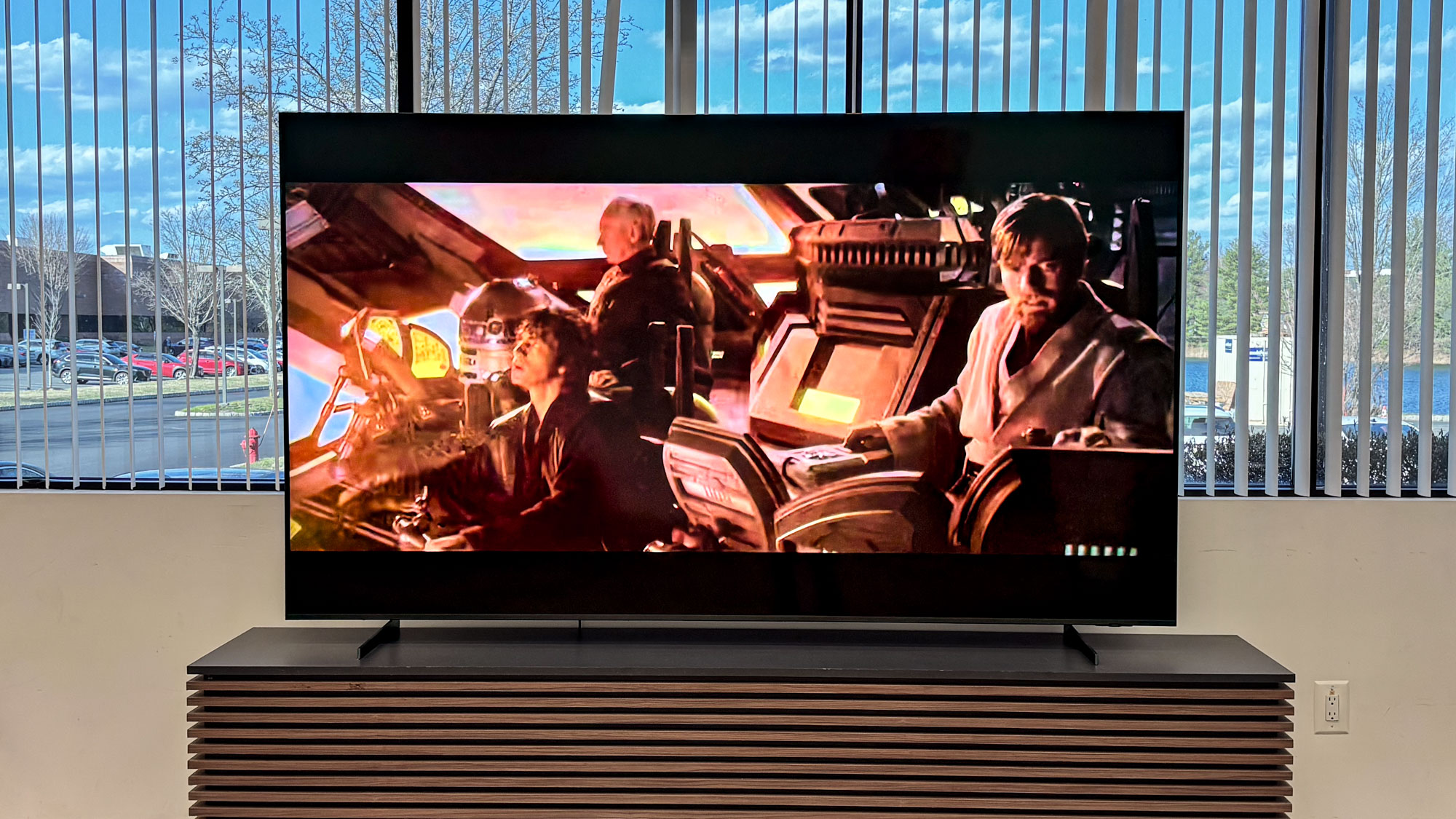
Remember, though, that this is still just a 4K HDR TV. It’s not 8K at its largest screen size, and even the Supersize Picture Enhancer can’t prevent an inherent amount of fuzziness with the picture. It’s not bad when I was standing 15 feet away from the 100-inch display, but it’s something you’ll notice if you sit close.
The QN80F retains colors decently well in off-axis viewing given its size. You’ll notice some desaturation if you sit too far off to the side (it’s easy to do with a screen this size) so consider moving to an OLED if you want to keep colors looking natural.
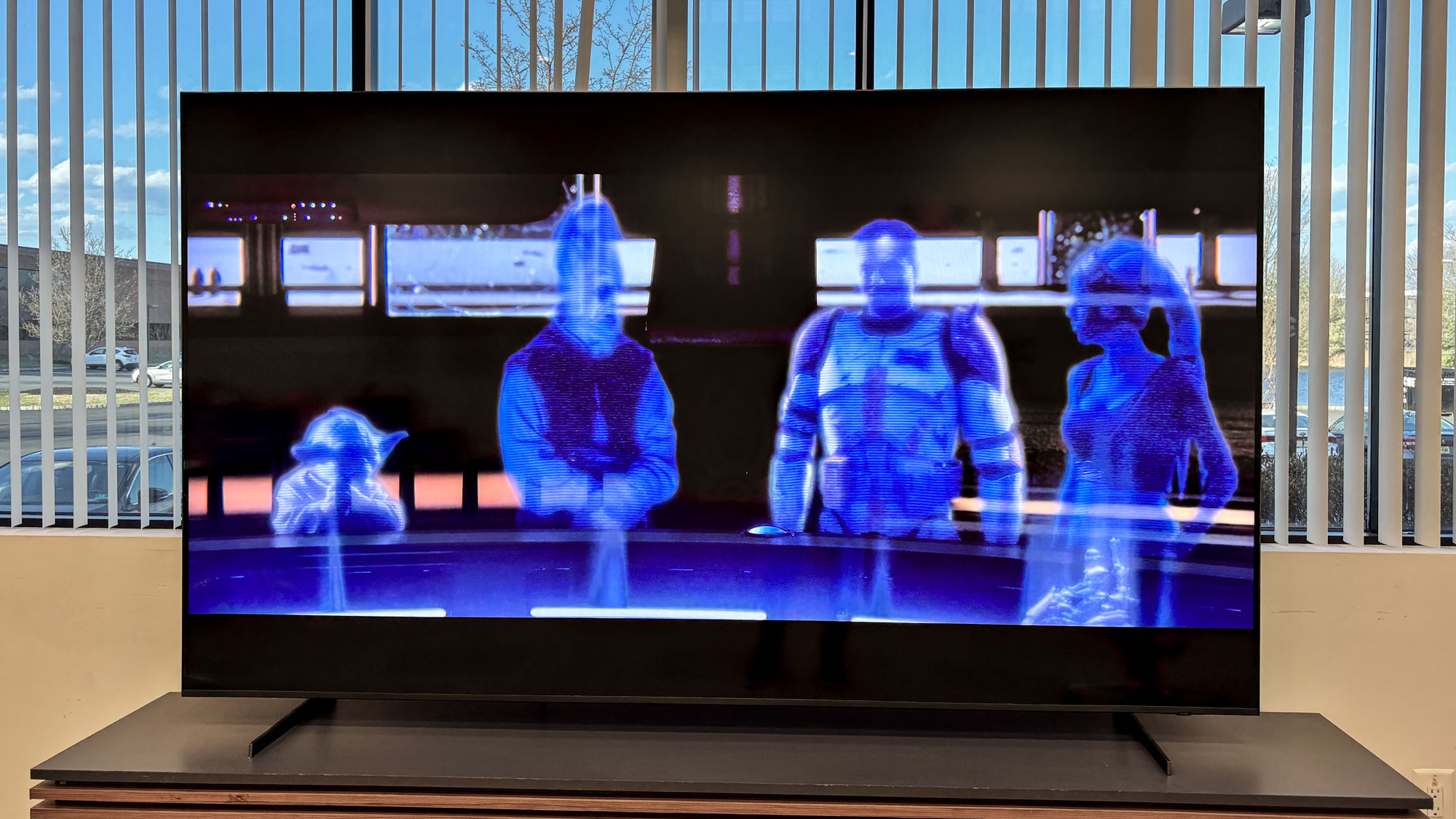
Although it was rushed, we also were able to do some technical testing with a Jeti spectraval 1501-HiRes spectroradiometer, a Klein K10-A colorimeter, a Murideo 8K-SIX-G Metal pattern generator, and Portrait Displays’ Calman TV-calibration software.
The QN80F delivered a peak brightness of around 1160 nits in a 10% window.
In those tests, the QN80F delivered a peak brightness of around 1160 nits in a 10% window. That’s lower than the competition, but far more than the Q80C’s 870 nits we measured when we tested it just two short years ago. The QN80F's color accuracy (measured by a Delta-E score) was 2.07. That’s not quite as low as the 2.05 we measured in 2023 — the lower the number is, the more accurate the colors are — but any number below a 3.0 is imperceptible.
Finally, we measured the QN80F's BT2020 color gamut coverage at 74.46%. That’s better than the 68.88% we measured on the Q80C, but it’s still lower — and hence, less colorful — than other models from the likes of TCL and Hisense.
Would I like to see a bit more brightness at the high end and better color vibrancy? Yeah, absolutely. But there’s a solid level of baseline performance here.
Samsung QN80F: Outlook
Once it’s hit with some discounts — and availability information around the 100-inch model — the Samsung QN80F could very well dominate the $1,000 TV market. The inclusion of Mini-LED helps this series compete more closely with its rivals than ever before, and it looks surprisingly good in both SD and HDR picture modes.
Is it going to rival the flagship S95F OLED in terms of performance? Nope. But the QN80F offers a more affordable alternative that delivers some of the same picture technologies at a fraction of the cost.
More From Tom's Guide
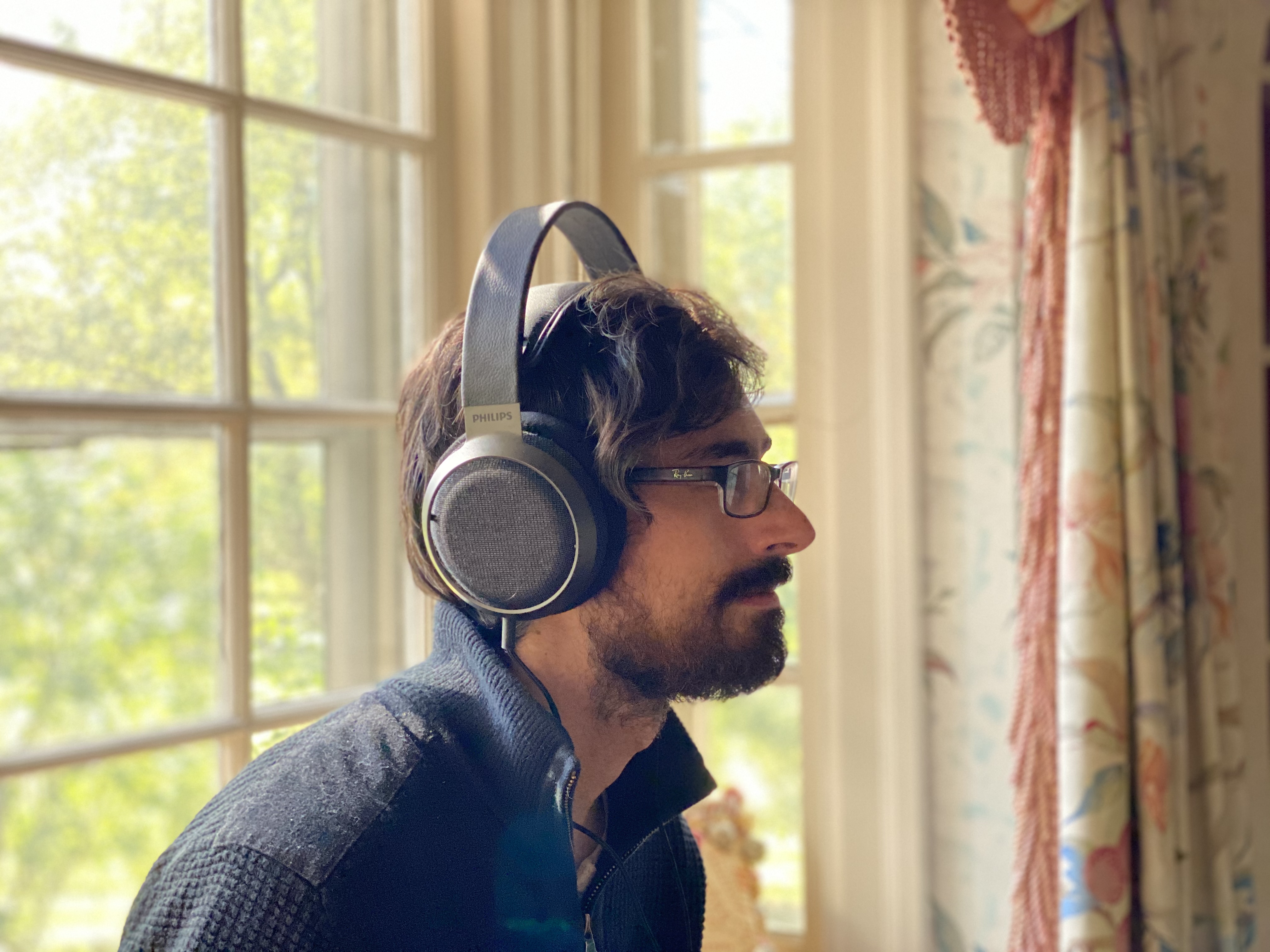
Nick Pino heads up the TV and AV verticals at Tom's Guide and covers everything from OLED TVs to the latest wireless headphones. He was formerly the Senior Editor, TV and AV at TechRadar (Tom's Guide's sister site) and has previously written for GamesRadar, Official Xbox Magazine, PC Gamer and other outlets over the last decade. Not sure which TV you should buy? Drop him an email or tweet him on Twitter and he can help you out.
You must confirm your public display name before commenting
Please logout and then login again, you will then be prompted to enter your display name.
